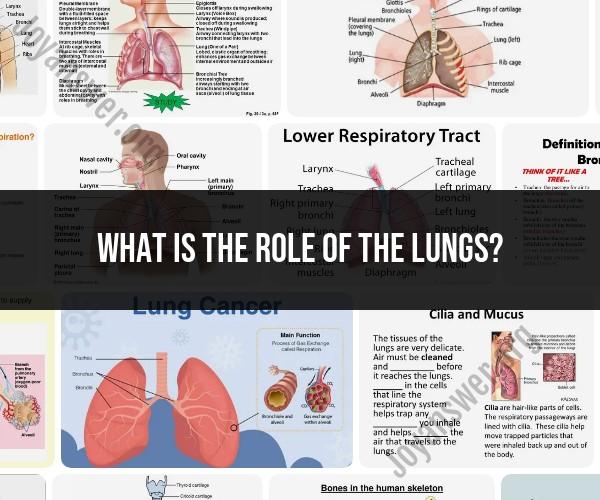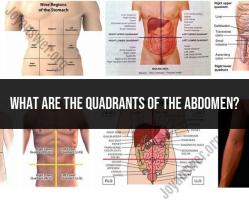What is the role of the lungs?
The lungs play a vital role in the respiratory system, facilitating the exchange of oxygen and carbon dioxide that is essential for sustaining life. This guide delves into the intricate process of oxygen exchange within the lungs and sheds light on the remarkable mechanisms that enable our bodies to breathe and function effectively.
Introduction to the Respiratory System
The respiratory system is responsible for delivering oxygen to the body's cells and removing carbon dioxide, a waste product of metabolism. The lungs are central to this process, serving as the primary organs of respiration.
Structure of the Lungs
The lungs consist of:
- Alveoli: Tiny air sacs where gas exchange takes place.
- Bronchi: Tubes that carry air to and from the lungs.
- Diaphragm: A muscle that aids in breathing.
Oxygen Exchange in the Alveoli
The process of oxygen exchange involves:
- Inhalation: As you breathe in, air rich in oxygen enters the lungs.
- Diffusion: Oxygen passes through the alveolar walls into the bloodstream.
- Transport: Oxygen binds to hemoglobin in red blood cells for distribution.
Carbon Dioxide Elimination
Carbon dioxide, a waste product, is eliminated through:
- Exhalation: As you breathe out, carbon dioxide is expelled from the lungs.
- Diffusion: Carbon dioxide moves from the bloodstream into the alveoli.
Gas Exchange and Cellular Respiration
Inside cells, oxygen is used for cellular respiration, generating energy, while carbon dioxide is produced as a byproduct. This carbon dioxide is transported back to the lungs for elimination.
Factors Influencing Oxygen Exchange
Several factors affect oxygen exchange:
- Lung health and capacity
- Efficiency of alveolar walls
- Blood circulation and oxygen-carrying capacity
- Breathing rate and depth
Conclusion
The role of lungs in the respiratory system is of paramount importance, enabling the exchange of oxygen and carbon dioxide that sustains life. By understanding the intricacies of oxygen exchange and the remarkable coordination of physiological processes, we gain a deeper appreciation for the remarkable capabilities of the human body and the vital role the lungs play in our overall well-being.





